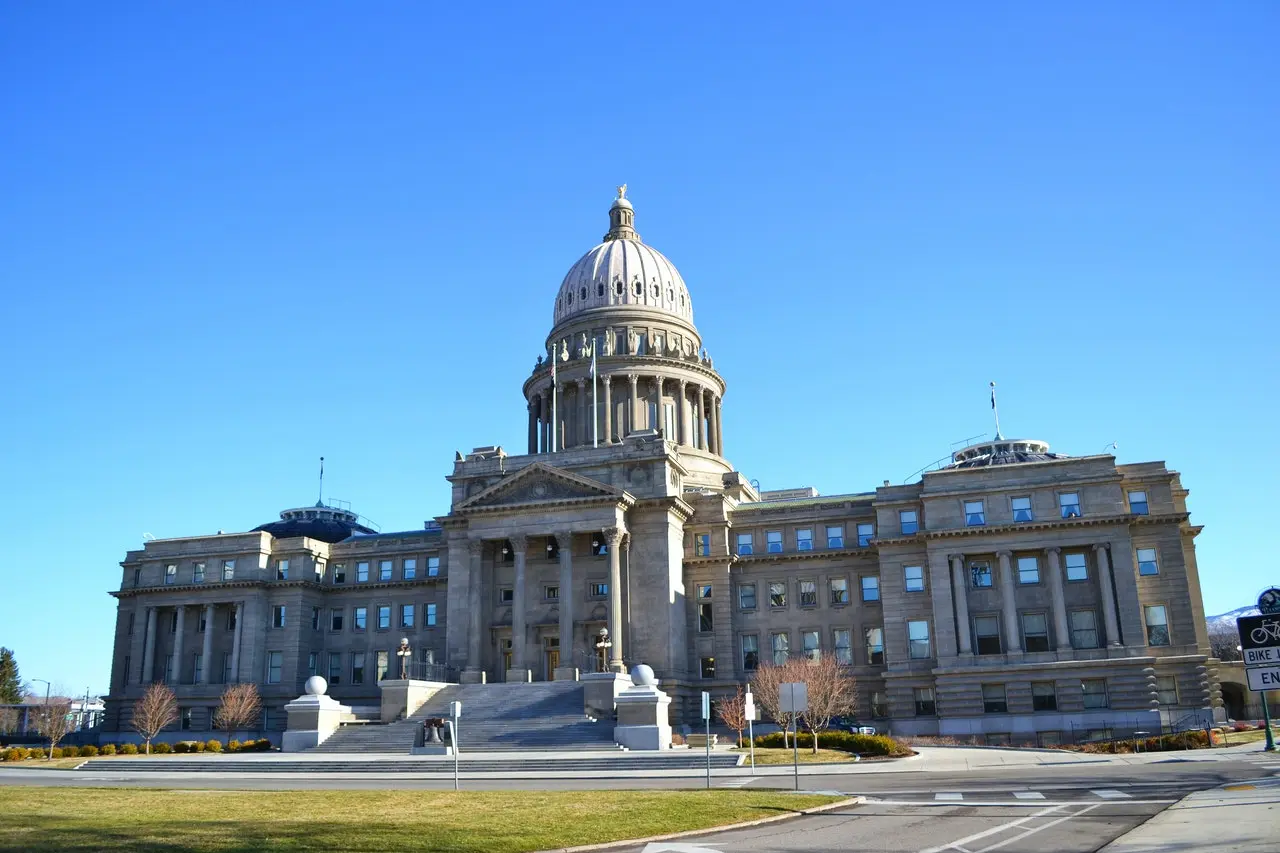In January 2021, many workers and laborers across the United States rejoiced as states raised their minimum wage floors. Bipartisan legislatures ensured that 24 states in the country would enjoy hike wages, a welcome respite from the labor struggles brought on by the pandemic.
The highest minimum wages in the country are in California, with large employers paying $14 per hour, and Washington, which has a minimum wage floor of $13.69. However, many states chose not to follow these increases, despite the desperate need of laborers for a cost-of-living adjustment.
If you’re curious about the state of minimum wage increases, examine samples from three states. See the difference between Minnesota’s minimum wage to those of Alaska and Idaho. You’ll also learn some of the arguments surrounding this legal issue.
Large Scale versus Small Scale Employers
Lawmakers understand that there has to be levels when they’re increasing minimum wages. Some businesses aren’t making enough money to cover dramatic jumps in wages. This is crucial because there are over 31 million small businesses in the United States.
For example, drastically raising minimum wages in Alaska without thinking about small businesses can lead to mass closures or firings. For this reason, many states draw a line between businesses that can afford to pay employees more and those that can’t.
Large employers are sometimes defined as companies that earn more than $500,00 per year. Small employers are those that don’t exceed the half a million dollar threshold. Such a definition helps prevent minimum wage laws from pricing out smaller enterprises while ensuring larger employers pay their workers a fair amount.
Minimum Wage in Minnesota

Minnesota’s minimum wages were among those that increased in January 2021. According to their state legislature, small employers in Minnesota must now pay a minimum wage of $8.21 per hour, an increase of 6 cents from the previous wage floor. Meanwhile, Minnesota’s minimum wages for large employers increased by 8 cents. This means that employees of larger businesses must be paid a minimum of $10.08 per hour.
In anticipation of further inflation increases, the Minnesota Department of Labor and Industry has also decreed that there will be a further minimum wage increase in January 2022. On that day, large employers must begin paying employees $10.33 per hour while smaller companies will begin paying $8.42.
Minnesota’s minimum wages are very competitive compared with other states in the area. Training wage rates, which are paid to employees younger than 20 years old, are the same as the state’s minimum wages. In some states the training wage, which is paid for the first three months of the young person’s employment, is sometimes lower than minimum wage.
Some of the best minimum wage jobs in Minnesota are located in the cities of St. Paul and Minneapolis, as these cities have legislature which gives employees higher pay than in the rest of the state.
Minimum Wage in Alaska

Minimum wages in Alaska are higher than the federal minimum. Before the increase in 2021, Alaska’s minimum wage was at 10.19 per hour. After the new legislature, minimum wage increased by 15 cents to a new floor of $10.34.
Alaska is one of the few states that does not allow employers to deduct tips from an employee’s salary. This means that some of the best minimum wage jobs in the Last Frontier State include waiting tables and similar occupations. These jobs are notorious in some states as being some of the lowest paid jobs.
Alaska’s legislature passed in 2014 also ensures that the minimum wages across the state will have cost-of-living adjustments every year after 2016, ensuring that they will accurately reflect their needs. Alaskans also have some of the best jobs with minimum wages because the same law states that their wage floor must always be at least one dollar higher than the federal amount.
Minimum wages in Alaska do have some exceptions.
People younger than 18 who are only employed less than 30 hours a week may make less than the minimum. Agricultural employees are also exempted from minimum wages, as are newspaper delivery employees.
Minimum Wage in Idaho

In contrast with the two previous states, Idaho’s minimum wage has not increased since 2008. The state’s minimum wage remains at $7.25 per hour. This has led to an employee shortage across the state as many workers have found alternate employment.
Although many have tried to shift blame to stimulus checks and other reasons, the fact remains that Idaho’s minimum wages have made it less enticing to take these jobs.
Idaho also only pays new hires below 20 years old only $4.25 per hour for the first three months of employment. This means that a high-school or college student working 20 hours a week makes more money than they do because they are paid a minimum of $6.16 per hour.
The best minimum wage jobs in Idaho are those who work as federal contractors. Since January 2019, federally contracted employees in Idaho earn a minimum of $10.60, a massive increase from the state’s usual wage floor.
There are no pending legislatures on the state senate to increase Idaho’s minimum wage.
What is the Federal Minimum Wage?

The federal minimum wage is set at $7.25 and has not changed since the last minimum wage increase in 2008. This has raised plenty of criticism from employees everywhere as times have changed an awful lot since 2008. However, because of political disagreement and internal strife, there has been no meaningful bipartisan legislature that will raise the federal minimum. In fact, there are even states that pay employees below the federal minimum wage such as Georgia.
Then there is also the question of exemptions to the law.
Although some exemption, such as employed minors and vocational students, can be seen as acceptable exemption, others are baffling. One of the biggest is tipped employees.
The United States is one of the few countries that allow employers to deduct payment and use tips from customers instead. This means that millions of waitstaff, valets and similar jobs don’t have any wage stability. What’s more, making employees reliant on tipping has exposed instances of racism, sexism and homophobia as waitstaff are denied tips due to these issues and customers can be given poor service for the same reason.
Tipping has also created a false divide pitting white collars versus blue collars.
Persons with disabilities are also apparently acceptable to pay below minimum wage. Although this exemption was granted to make employees with disabilities more attractive to hire, it can still lead to disabled having trouble making ends meet when they sometimes require more financial support.
States can increase their minimum wages on their own, as 24 states have done in January. However, for many people across the country, the minimum wages in Minnesota or California are out of reach. Increasing the federal minimum wage is the only way to ensure that workers across the United States can live comfortably and secure their futures.
